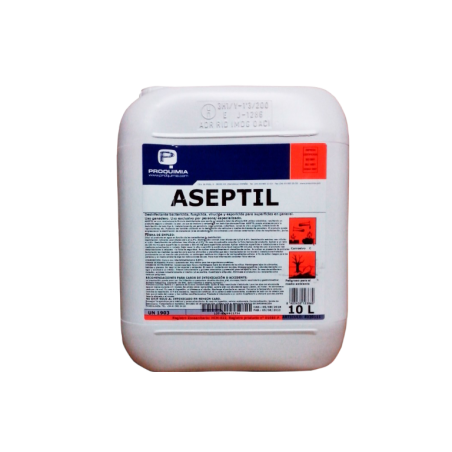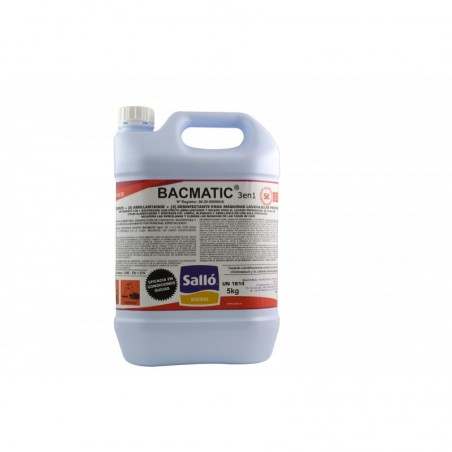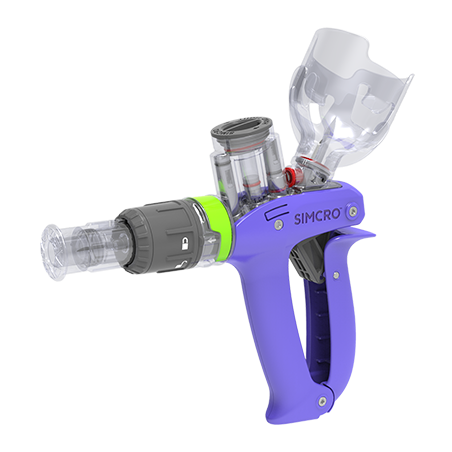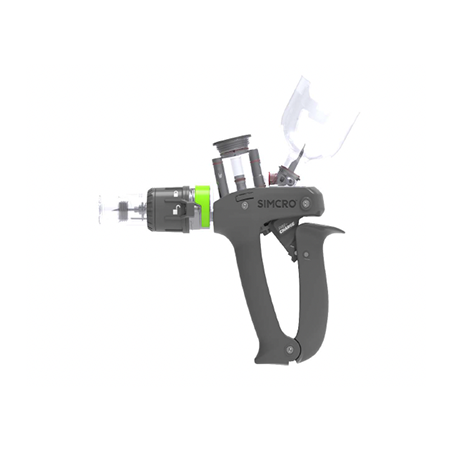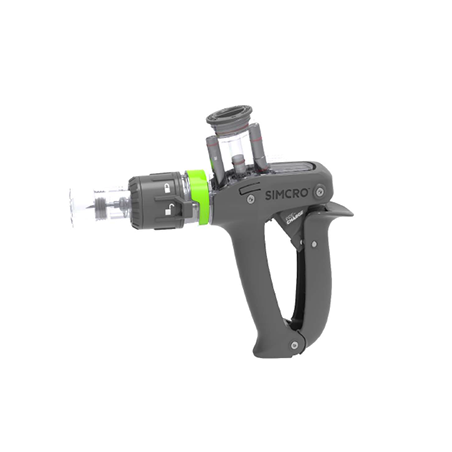Porcine Reproductive and Respiratory Syndrome (PRRS) is one of the most significant pig diseases which can have a major impact on pig health, and thereby result in increased antimicrobial use and reduced welfare.
The most common transmission route of PRRS is by trade with infected pigs and by local spread which in recent years has resulted in an increase of PRRS seropositive pig herds in Denmark.
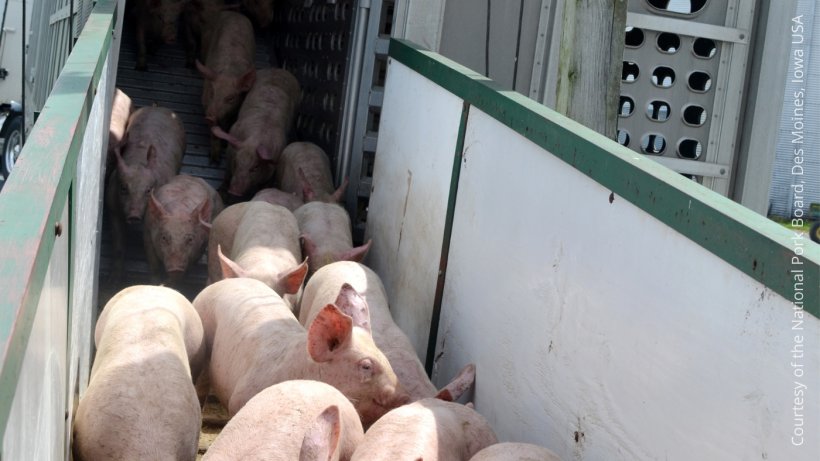

Eradicating PRRS at herd level by using well-established protocols can be relatively simple for some herds, but a complicated and expensive task for others. Furthermore, the risk of reinfection by local spread of the virus from a neighbouring pig herd can be high in pig dense areas.
Therefore, The Danish Veterinary and Food Administration has, in collaboration with the Danish Agriculture & Food Council, Danske Svineslagterier (industry organisation for Danish cooperatives and private slaughterhouses), and the Danish Veterinary Association developed a strategy to reduce PRRS in Denmark.
The goal is to increase the number of herds declared PRRS seronegative by 2025. This will be achieved through targeted management of PRRS, which will provide an incentive for increasing the numbers of PRRS negative finisher herds. This, in turn, will increase demand for PRRS seronegative piglets and provide an incentive for eradicating PRRS from sow herds.
Prevalence of PRRS seropositive herds in Denmark
In Denmark, approximately half of all producers have voluntarily declared the PRRS status of the herd in the Danish SPF system. Declaration of PRRS in the SPF system is based on the monitoring of antibodies against PRRS. The number of herds in 2021 with PRRS-seronegative, PRRS-seropositive and PRRS-unknown status, based on SPF data and data from the Central Herd Register (CHR), are shown in table 1.
Table 1. Distribution of pig herds by production type and PRRS serological status in the SPF system.
| PRRS seronegative | PRRS seropositive | PRRS-unknown | |
|---|---|---|---|
| Sow herds | 57% | 26% | 17% |
| Farrow to finish herds | 45% | 12% | 43% |
| Finisher herds | 23% | 12% | 65% |
Based on data from the CHR register and SPF database for the period December 2020 to January 2021. Includes declaration of both PRRS1 and PRRS2
Declaration of PRRS status
Mandatory declaration of serological PRRS status of all pig herds is a cornerstone of the reduction strategy in Denmark. Herd declarations will therefore change from being a voluntary declaration handled by the industry to being an official declaration under an executive order issued by the Danish Veterinary and Food Administration. The declaration of serological PRRS status from each herd is based on blood analyses and is shared real-time via a public database. This means that producers and veterinarians get access to information on regional and national prevalence of PRRS and thereby enable initiatives for regional eradication of PRRS to be taken on a professionally informed basis. The mandatory herd declaration applies to all herds in Denmark with more than 10 sows or more than 100 animals in total. The PRRS surveillance will be based on the Danish SPF system principle that health status is declared for the connected herds. Health status of pigs is considered in case of trading and transport between herds.
Reduced price of PRRS virus-positive pigs
Danish Crown, which slaughters about 70% of all Danish pigs, have decided to make a deduction of DKK 0.20 per kg (= 0.027 euros/Kg carcass) the first 17 weeks that a herd is PRRS virus-positive, and the deduction will subsequently increase gradually. This will, in line with the rest of the strategy, give motivation for finishing pig producers to eradicate PRRS from their herd. Afterwards the other Danish slaughter companies also decided a deduction for PRRS virus-positive herds.
Regional eradication programs
Experience from previous voluntary initiatives has shown that regional eradication programs for PRRS can be difficult and require thorough coordination and communication between veterinarians and pig producers. The Danish Agriculture & Food Council will therefore organise regional initiatives to ensure that a systematic approach is applied to eradication in specific regional areas with high density of PRRS seropositive herds. The goal is to bring veterinarians and pig producers in the area together to develop a common strategy for reducing PRRS in the geographical area.






